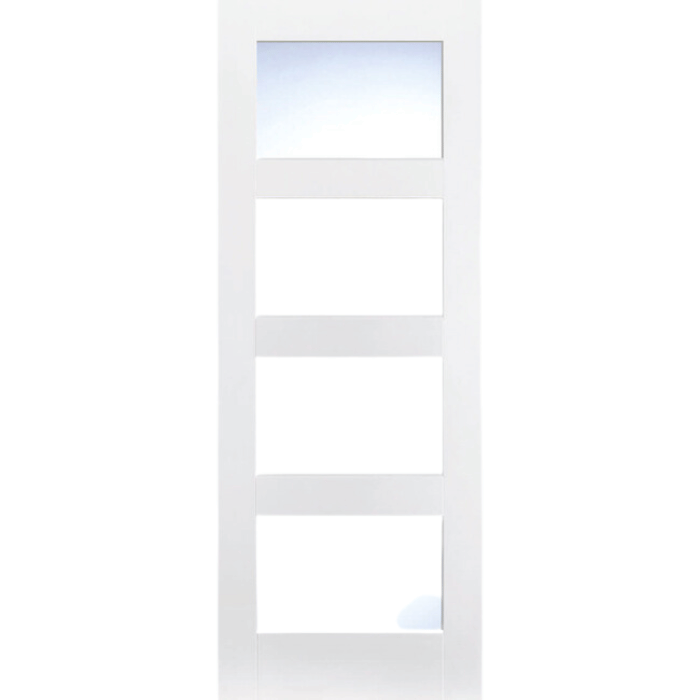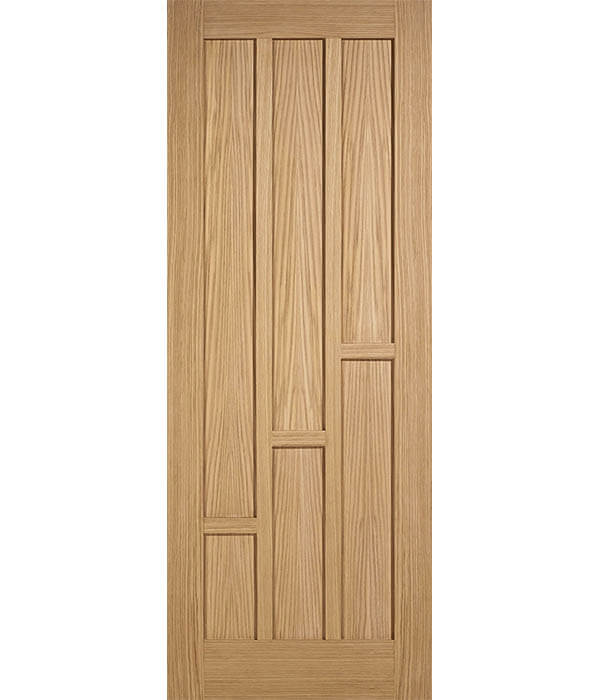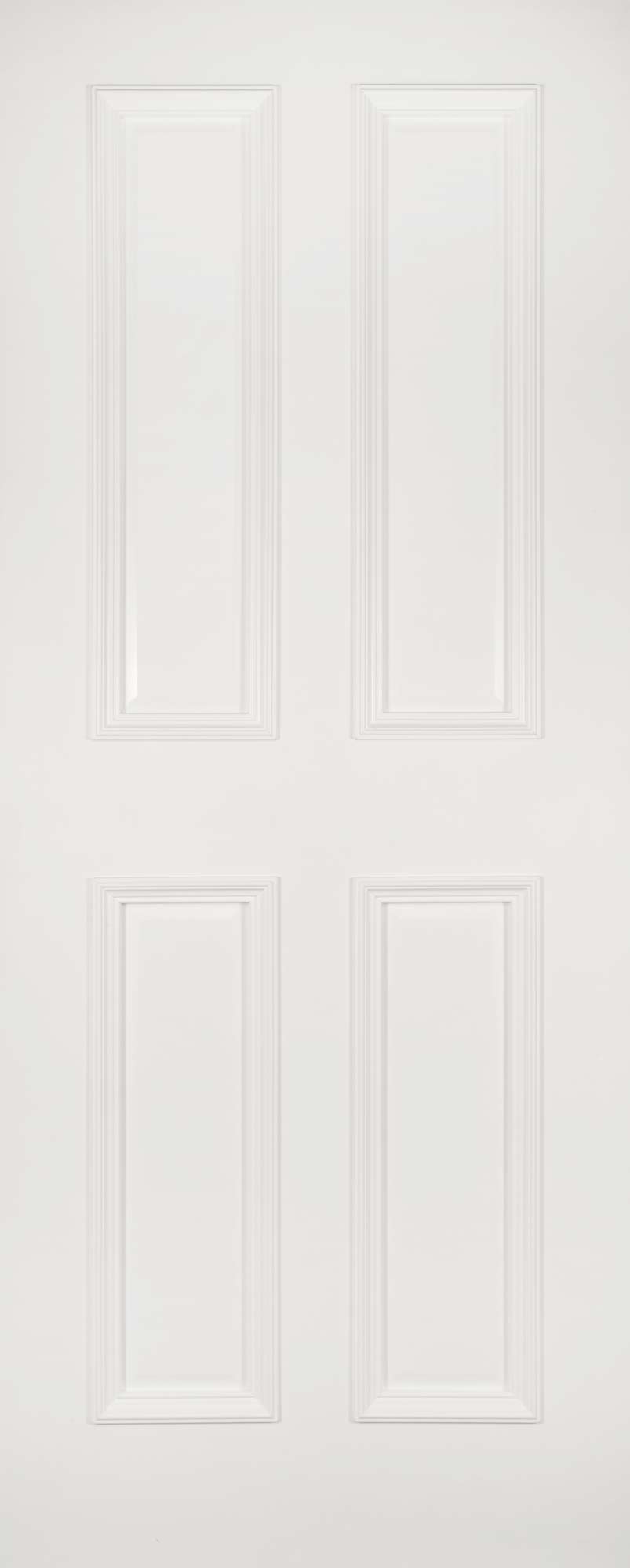Can You Use Internal Doors for Wardrobes?
Key Takeaways
| Aspect | Details |
|---|---|
| Sizing | Measure wardrobe opening carefully, allow small gap on sides |
| Styles | Choose from paneled, flush, glazed, etc. to match bedroom |
| Material | Wood doors are sturdy, can be painted/stained; hollow core is lighter |
| Consistency | Use same style throughout bedroom for built-in look |
| Adjustments | Trim door height from bottom if needed |
| Hardware | Install easy-to-grasp handles/knobs that suit the style |
| Extras | Consider door closers/stays to prevent slamming |
Introduction
When it comes to creating or replacing wardrobe doors, many homeowners overlook the potential of using internal doors. These doors, readily available in standard sizes, can be a cost-effective and stylish solution for your bedroom storage needs. In this blog post, we'll explore how you can use internal doors for your wardrobes and provide tips to ensure a seamless installation.
Measuring for Success
The first step in using internal doors for your wardrobe is to accurately measure the opening. This ensures you select doors that fit perfectly. Remember to account for a small gap on the sides to allow the doors to open and close smoothly. Standard internal door sizes are readily available, making it easy to find a suitable fit.
Choosing the Right Style
Internal doors come in a variety of styles, from classic paneled designs to modern flush options and even glazed doors that allow natural light into your wardrobe. Consider the overall aesthetic of your bedroom when selecting a style to ensure a cohesive look.
Popular Internal Door Styles for Wardrobes
Material Matters
Wooden internal doors are a popular choice for wardrobes due to their sturdiness and versatility. They can be painted or stained to achieve your desired finish, allowing you to customise the look of your wardrobe. Hollow core doors are another option, offering a lighter weight but less durability compared to solid wood.
Creating a Built-In Look
For a seamless, built-in wardrobe appearance, consider using the same style of internal door throughout your bedroom. This consistency creates a polished and intentional design, making your wardrobe feel like an integral part of the room.
Adjusting Door Height
In some cases, the wardrobe opening may be shorter than standard internal door heights. To accommodate this, you can trim the door from the bottom to ensure a perfect fit. This customisation allows you to use internal doors even in non-standard wardrobe openings.
Steps to Trim Internal Doors
- Measure the required height reduction
- Mark a straight line across the bottom of the door
- Use a circular saw to cut along the line
- Sand the cut edge for a smooth finish
Finishing Touches
Once your internal doors are installed, add the finishing touches with carefully selected door handles or knobs. Choose hardware that is easy to grasp and complements the style of your doors. Additionally, consider installing door closers or stays to prevent the doors from slamming shut, protecting both the doors and your belongings inside the wardrobe.
Conclusion
Using internal doors for your wardrobes is a smart and stylish solution that offers customisation and cost-effectiveness. By carefully measuring your wardrobe opening, selecting the right door style and material, and adding the perfect finishing touches, you can create a beautiful and functional storage space in your bedroom. Embrace the versatility of internal doors and transform your wardrobe today!













